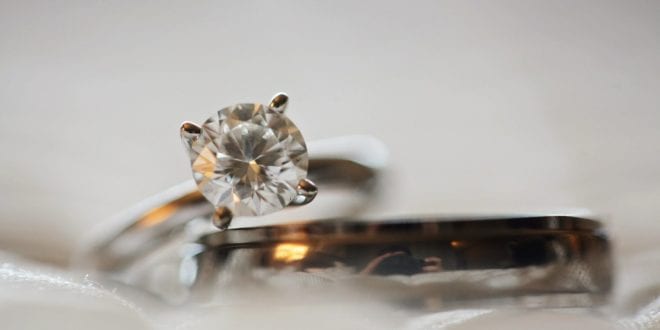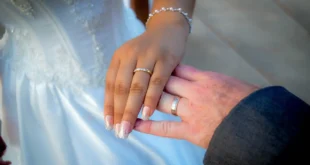No one wants to buy a counterfeit or outright copycat piece of jewellery at the same price as an original. While it might make sense to buy lookalike jewellery from time to time, the price should be a fraction of the original piece. Sadly, there are many people making and selling copycat jewellery and passing them as originals!
On the other hand, there are legit companies that work with lab-created diamonds that you can see here and place their rings on the market, selling them legally. It is very difficult to spot the differences between these and real diamonds. But there are some minor things to look out for.
How do your spot a copycat piece of designer jewellery? Is there a formula to differentiating counterfeit/copycats from original designer jewellery?
Here are five ways to sport fake or counterfeit designer jewellery as told by expert jewelers and professional jewellery dealers:
1. Look for A Designer Branding
If you are buying designer jewellery from a well-known brand, then should be able to tell if it’s the real deal or a copycat. Popular brands have a hallmark or logo imprinted discreetly on their jewellery and also boldly visible on the packaging. It’s illegal to use another brand’s hallmark or logo without permission so counterfeiters often resort to misspelling or copying the font and style to confuse buyers. Sometimes the forged piece will look very similar and even the sign of the brand will be very like the one that is on the original. It is important to look closely an pay attention to the spelling and font. You can check georgjensen.com for some designer brand jewellery.
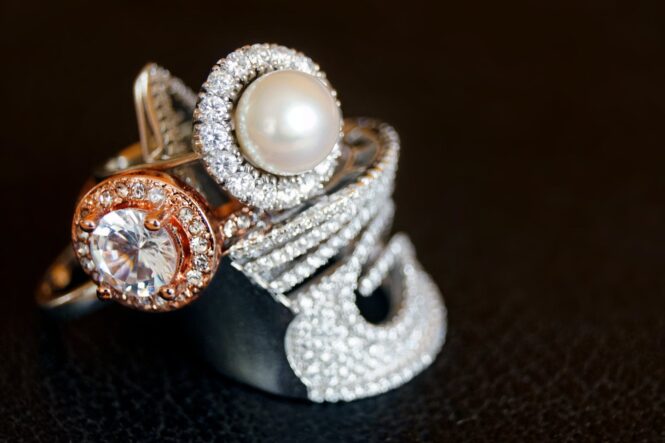
2. Look for Hallmarks- For Precious Metal Pieces
In the UK and across the world, precious metals such as gold always come with a special marking done by the relevant authority in that region. For instance, in the UK, hallmarks are printed at the various Assay office across the country after a close examination by government employees. The Hallmark may include an anchor, purity mark and other inscriptions made by the local Assay.
If you are in the United States, then you should look for the maker’s mark to ascertain that the piece is genuine. Unfortunately, hallmarking is not a legal requirement in the USA, which can make it difficult to identify fake jewellery. However, some big brands do send their pieces abroad for hallmarking before bringing them to market. This is very important since every metal has few codes that you know it is a real deal. Non original pieces will not have these numbers and this is a first sign that something is not right.
3. Look for Surface Fading and Corrosion

Since counterfeiters can’t afford rare metals and stones, they often resort to coating or painting their jewellery with fake silver or gold paint. These pieces will corrode or fade after some time if exposed to the elements. To be on the safe side, look for signs of corrosion in designer silver jewellery using a magnifying glass before purchasing.
Not to say that buying jewellery that is coated with your favorite metals is a bad thing. Unless you are extremely wealthy, you might find it cheaper and acceptable to purchase coated jewellery. The risk comes if you end up buying an expensive piece thinking it’s made of pure gold or silver. A good dealer, be it an online store or physical shop, will be forthright about the amount of metal applied on the coating and its value.
This is particularly common when it comes to rose gold, this metal is very expensive due to its looks. Most will just sell the rings and other pieces that are just coated with the metal and casually not mention it. In most cases silver can be underneath, put in others, some not so noble metals can be there. Not only that the pieces will lose their shine, but as the coat is being taken off, this metal can get in touch with the skin and cause reactions, such are green stains on the skin; in other cases it can cause severe allergic reactions.
4. Does the Jewellery Come with A Warranty?
Unscrupulous dealers will never provide a warranty for their products. You cannot return any piece of jewellery you purchase from them if even it is defective or fake. On the other hand, genuine designer jewellery comes with at least 14 days warranty and can be returned to the dealer. Be cautious about buying expensive jewellery without a warranty otherwise you could lose a lot money.
5. Check the Construction and Design
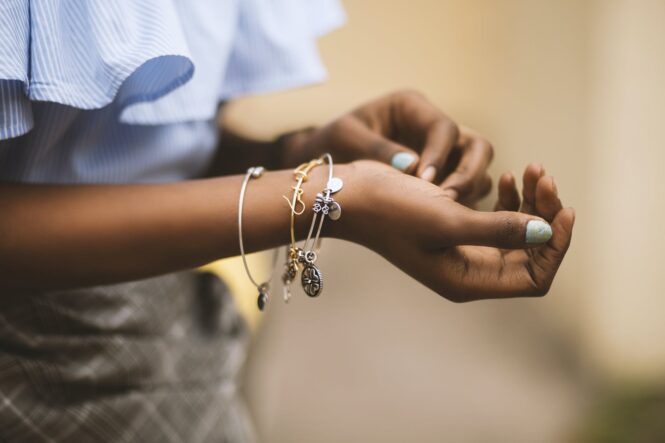
It’s almost impossible to find imperfections in the way designer jewellery is put together. They are usually constructed with the best materials and to the highest standards. Fake designers don’t really care about quality or the material used to construct their pieces. If you spot visible imperfection in the construction and design of a piece, have a second look and better yet, avoid it.
Some of the details you need to look out for include the type of mounting, the quality of metals bases used, minor scratches and other imperfections in the design. With a keen eye, you can always spot a fake designer piece without going into too much detail. You can always check the original product online and zoom the details that can be compared with the one that is presented to you.
6. Price
This might be one of the best tells when it comes to the purchases is the price. This means that if the price is too good to be true, it probably is. Many who are making the jewellery that is not original, and sell it might increase the prices in order to get the most of the situation and the one who is buying the product. Some will on the other hand give very low prices since they are aware that the product they are selling is not the original one. In addition to this, it is good to check the prices on the website of the product you are wishing to purchase and compare them with the retailer.
In addition to this, be sure to check the price especially if you are shopping online. Sometimes this alone can be a sign that this piece you want to purchase is the right one, since most will use original pictures, and then, when it arrives, the product will be visibly different.
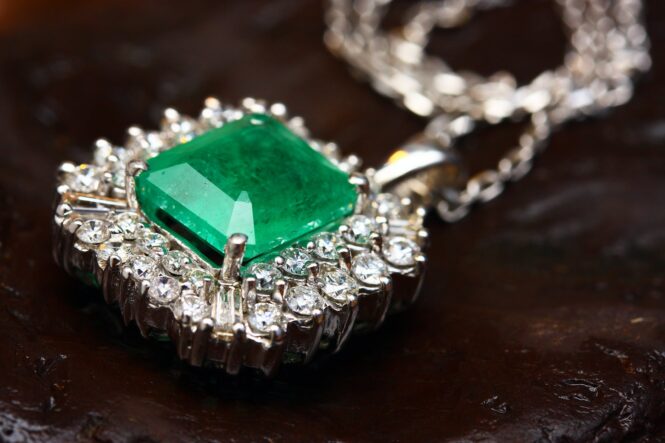
Conclusion
If you are into jewellery or like collecting designer pieces, you will probably run into fake pieces in more than one occasion. Use these guidelines and your experience to differentiate between fake and real jewellery. Be sure to pay close attention to the small details and ask as many questions you need. Ask about the materials; try to find the sign on the jewellery that shows the metal they are made from. In addition to this, bring the magnifying glass and check small details around the connections and precious stones. By doing all of these mentioned you will decrease the possibility of the getting something you did not want, and for sure not what you have paid.
 Imagup General Magazine 2024
Imagup General Magazine 2024
